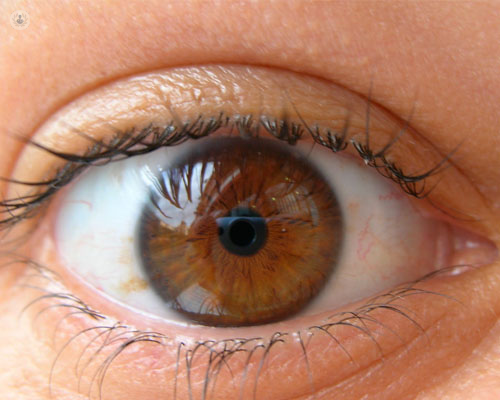LASIK refractive surgery for myopia, farsightedness and astigmatism
Written in association with:With refractive surgery techniques, graduation defects ( myopia, farsightedness and astigmatism ) are eliminated or reduced in order to achieve good vision without the use of glasses or contact lenses.

For the surgical treatment of these alterations the specialists in Ophthalmology find different technical options in function of the age, the present diopters, the visual acuity and the state of the lens.
LASIK refractive surgery
The best known technique used to correct refractive errors is LASIK (laser in situ keratomileusis) for which the excimer laser is used.
The aim of the treatment is to reform the cornea to correct the refractive error of the eye. Altering the curvature of the cornea changes the way light rays enter the eye. As a result, light rays can be properly focused on the retina for clearer vision.
Results with LASIK laser
With LASIK lasers, good results can be obtained in cases of a myopia between 1 and 12 diopters, a hypermetropia between 1 and 5 diopters and an astigmatism between 1 and 6 diopters.In addition, and depending on the graduation defect presented by each patient and the characteristics of their eyes, allows to customize the treatment. In this way the cornea is modeled homogeneously and the irregularities that can appear with other types of lasers are avoided. All this contributes to obtaining a better visual quality.
For patients with myopia, the laser is used to flatten the cornea, for those who have hypermetropia the cornea becomes more abrupt and for those who have astigmatism the laser is used to soften it. This surgery is usually painless and can be completed in minutes.


